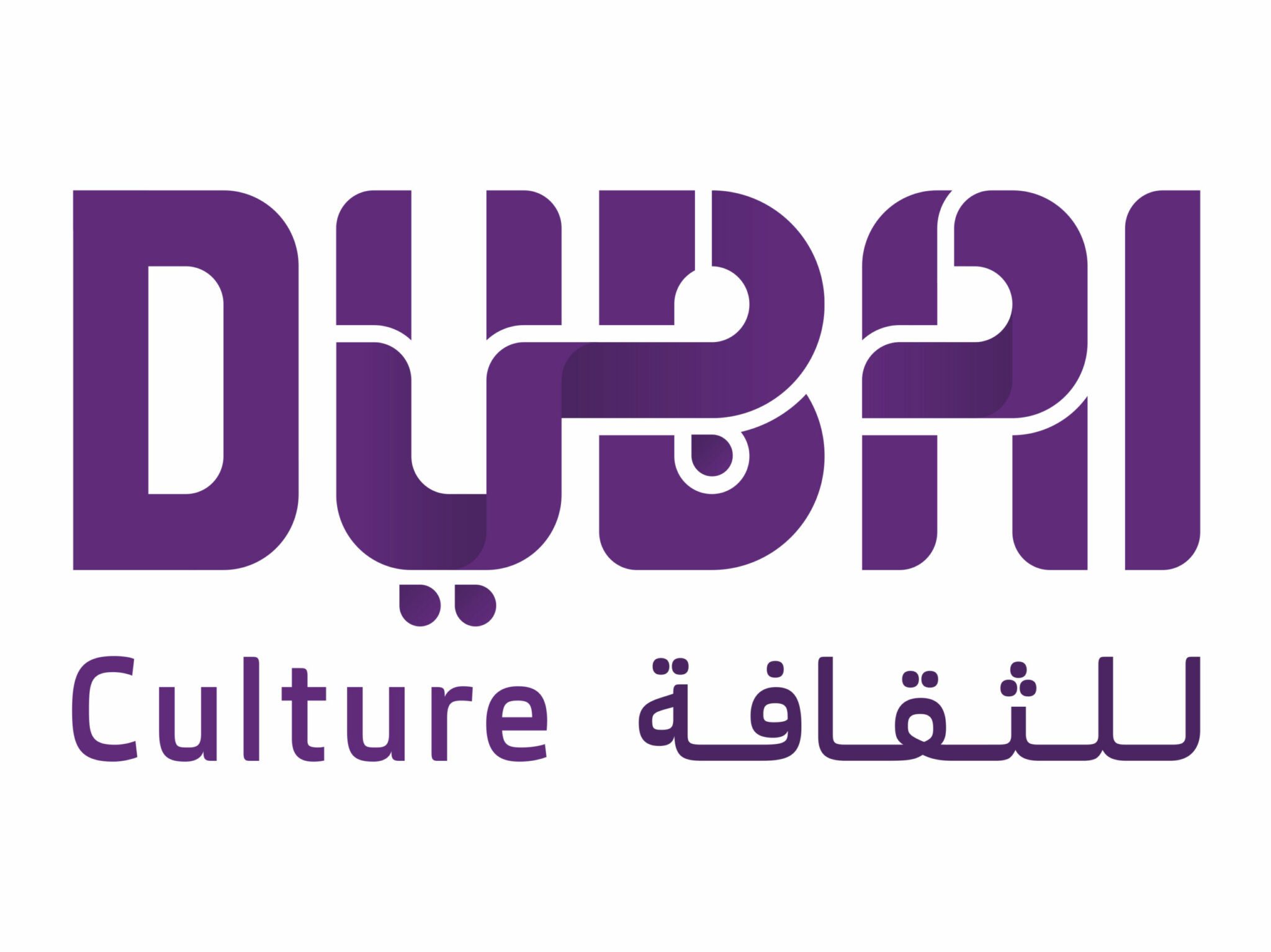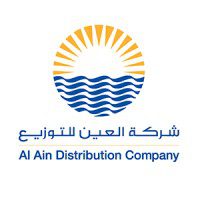This website uses Cookies to improve the website’s functionality & provide you with a better browsing experience. Detailed information on the use of cookies on this website, and how you can decline them, is provided in our Cookie Policy
Cookie Policy. If you don't agree, kindly disable cookies from your browser settings.













